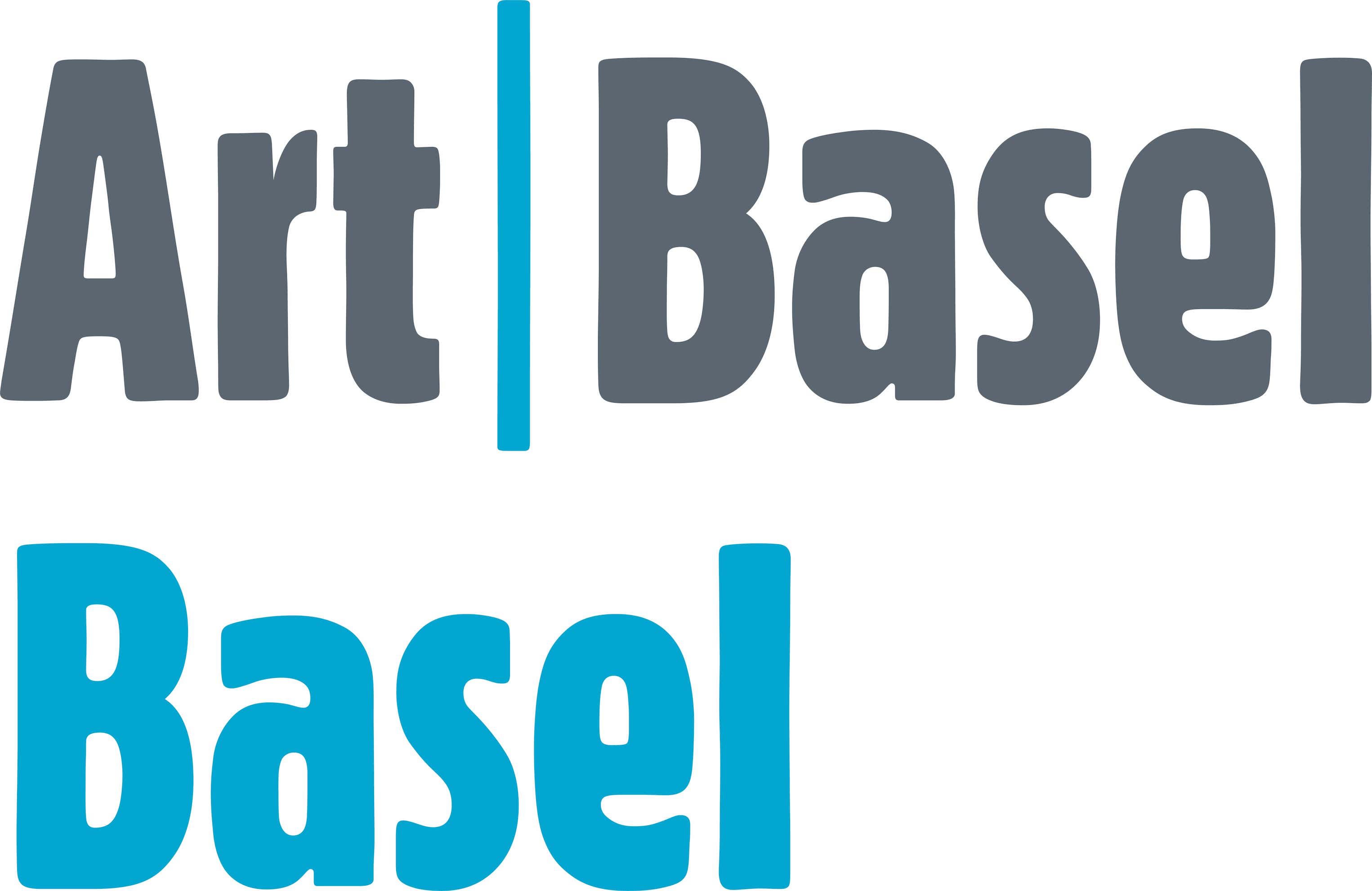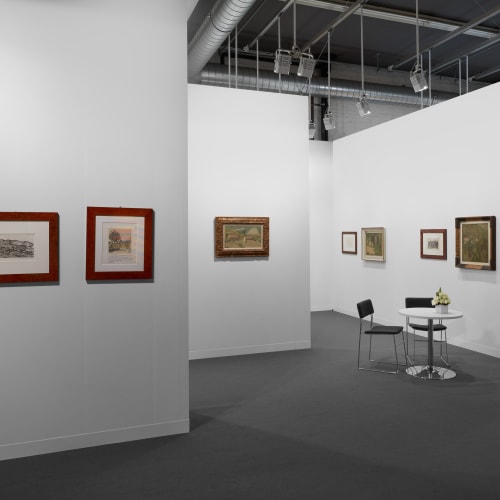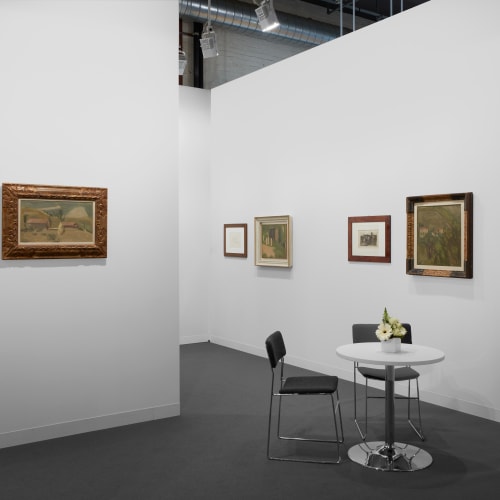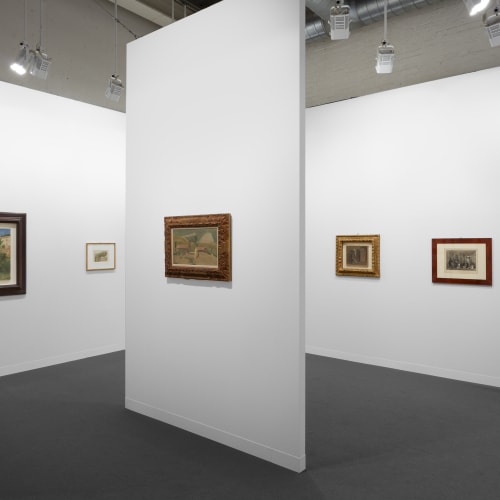 Hall 2 | booth H 10
Hall 2 | booth H 10
« Grizzana, a remote village in the Tuscan-Emilian Apennines, has become a place that cannot be ignored by those involved in Modern painting: a bit like Arles for Van Gogh and L'Estaque for Cézanne »
Cesare Brandi, Morandi Lungo il Cammino, 2014
Giorgio Morandi's research is mostly known for the complex sequence of still lifes that have become a sort of icons of international artistic culture, but the landscapes are no less important testimony of his work. As Cesare Brandi underlines: «it is precisely in the landscapes that we can follow the relationship, never mimetic, which binds him to the model, to nature. Certainly this model is indispensable for detaching the artist's imagination: it is the occasion of the work». Grizzana is the only favourite place, outside Bologna his hometown, where the artist used to immerse himself in his investigation. What we find in Morandi's landscapes is evidently the continuation of that same search for abstraction that occurs in his still lifes: the views from his house in via Fondazza in Bologna, and Grizzana - favourite village for his summer stays, where he himself declared that only there he could find seventy shades of green - are the only the pretext for this abstraction, in the same way as his bottles, or the mountain of Estaque for Cézanne or the fields of Arles for Van Gogh.
What Morandi did in Grizzana is not a pictorial chronicle performed on a limited portion of the world, even if it is a single, unique place which, however, has fed different and unexpected warps on the same weft. It should be noted that Morandi's interest is not that of fixing the atmosphere and the light of dawn or sunset on the canvas, because his gaze does not rest on an event that takes place within a day. If in the still life the occasion of the work was a fixed composition on which the artist went over time to dwell, in the landscape this occasion is constituted by nature. Morandian landscapes never convey the sense of the moment caught and subtracted from nature, that sense that is not of image but of documentary. There is no interest in stopping the snapshot of a landscape: if in one place the trees were cut, or if the hedges had regrown in the following spring, the painter, would abandon the sketch left in abeyance with no more interest in it. The temporal dimension at the basis of Morandi's landscapes, as well as of his still lifes, is not immediacy but rather infinite duration.
Similarly to certain images of our past that trace indelible marks in our feelings, Morandi's landscapes do not only tell us of the different composition of lights and shadows, but they make visions of things as if belonging to our memory, with the magic of to be able to hear them with an emotion which, however, is not linked to any personal memory.
The duration of these landscapes is "infinite duration" because their image is first of all a mental image preserved and reactivated in the memory, where no human presence appears, where patches of lawn, glimpses of sky, the clusters of houses, the air gaps of the floors, respond not to the optical perception of what is represented, but to an internal dialectic that readjusts them in a sequence of simple and calibrated colours, not witnesses of a "visual" vision but of an internalized view.
Morandi's landscapes show themselves as a set of forms that the artist has re-composed from reality through his own inner sifting, images that only apparently withdraw to the edge of life, tracing, in substance, the road that leads straight back to the soul, to man.
Maggiore g.a.m. is delighted to propose a curatorial solo show focused on the theme of landscape in Giorgio Morandi's production. Selecting important oils on canvas - but also etchings, watercolors and drawings - with prestigious provenances as the Jesi Collection, Maggiore g.a.m. will offer an in-depth analysis on how landscape has always been one of his favoured subject matters, extensively explored during his stay in Grizzana, a small village in the Apennines, and alternated with the landscapes executed in his studio in Via Fondazza in Bologna, Italy. For the master there was no difference in painting a “still file” or a “landscape”, they are both pretext to do an abstraction: a pure combination of volumetric forms and colors' balance. Here we are in front of mental images.



